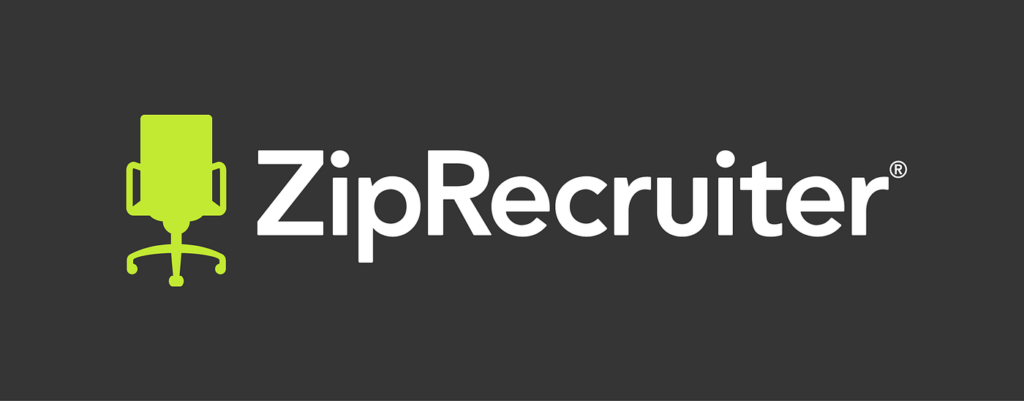In today’s rapidly evolving job market, organizations are continually seeking innovative and efficient methods to identify and hire top talent. Traditional recruitment methods often fall short in this dynamic landscape. Enter crowdsourcing in talent acquisition – a revolutionary approach that is reshaping the way companies discover and engage with potential employees.
This blog post explores the concept of crowdsourcing in talent acquisition, delving into its nuances, benefits, challenges, and the exciting ways it is transforming the recruitment landscape.
The Essence of Crowdsourcing in Talent Acquisition
Imagine having a vast pool of potential candidates at your fingertips, all eager to showcase their skills and talents. This is the core idea behind crowdsourcing in talent acquisition. Crowdsourcing allows organizations to tap into a diverse and geographically dispersed talent pool, leveraging the collective power of individuals to identify, evaluate, and hire top talent. It’s like having an extended network of recruiters working 24/7 to find the best-fit candidates for your organization.
The Building Blocks of Crowdsourcing in Talent Acquisition
Open Calls and Challenges
Crowdsourcing begins with an open call to potential candidates. This call can take various forms, from traditional job listings to more creative challenges designed to test skills and expertise.
Collaborative Evaluation
Instead of relying solely on in-house HR teams or external agencies, organizations involve a broader community in the candidate evaluation process. These evaluators can be employees, industry experts, or even customers.
Rewards and Recognition
Crowdsourcing often involves rewarding and recognizing participants, which can include cash prizes, job offers, or simply public recognition. This incentivizes participants to put their best foot forward.
Scalability and Flexibility
Crowdsourcing can be scaled up or down according to the organization’s needs, making it an adaptable solution for varying recruitment demands.
The Benefits of Crowdsourcing in Talent Acquisition
1. Wider Talent Pool
Traditional recruitment methods are often limited to a specific geographic area or industry network. Crowdsourcing transcends these boundaries, allowing organizations to access a global talent pool. This opens up opportunities to hire individuals with unique perspectives, skills, and experiences, enhancing diversity and innovation within the company.
2. Speed and Efficiency
Crowdsourcing can significantly reduce the time it takes to identify and evaluate candidates. By tapping into a broader group of evaluators, companies can expedite the recruitment process and quickly respond to shifting talent needs.
3. Cost-Effectiveness
The traditional recruitment process can be costly, involving expenses such as job listings, advertising, and agency fees. Crowdsourcing can be a cost-effective alternative, with organizations only paying for the services they require.
4. Enhanced Quality Control
The collaborative nature of crowdsourcing allows for a multi-faceted evaluation of candidates. Multiple perspectives and skill sets come into play during the assessment process, reducing the risk of bias and ensuring a more thorough evaluation of each candidate.
5. Diverse Skill Sets
Crowdsourcing enables organizations to tap into niche skills and expertise that may be challenging to find through traditional recruitment methods. This is particularly valuable for roles requiring specific, in-demand skills.
6. Innovation in Hiring
Incorporating innovative evaluation methods, such as crowdsourced challenges or competitions, can set organizations apart and attract candidates who thrive on creative problem-solving and hands-on experience.
The Challenges of Crowdsourcing in Talent Acquisition
While crowdsourcing in talent acquisition offers numerous advantages, it is not without its challenges. Here are some common hurdles that organizations may face when implementing this approach:
1. Quality Control
Maintaining consistent quality in candidate evaluation can be a challenge. Variability in the expertise and bias of evaluators may lead to inconsistent results.
2. Candidate Experience
The candidate experience during a crowdsourcing process can differ significantly from the traditional application process. Organizations must ensure that candidates feel respected and valued, even if they are not selected.
3. Data Privacy and Security
Managing sensitive candidate information is crucial. Organizations must have robust data privacy and security measures in place to protect candidate data during the crowdsourcing process.
4. Resistance to Change
Implementing crowdsourcing may meet resistance from internal stakeholders who are accustomed to traditional recruitment methods. Change management and education are essential to overcome this challenge.
5. Balancing Quantity and Quality
The quest for efficiency in crowdsourcing can sometimes lead to a focus on quantity over quality. Organizations must strike a balance to ensure that they don’t overlook exceptional candidates in pursuit of speed.
Real-World Examples of Crowdsourcing Success
To better understand the power of crowdsourcing in talent acquisition, let’s explore a few real-world examples of organizations that have harnessed its potential.
NASA’s “Be A Martian” Project
NASA’s Mars Exploration Program launched the “Be A Martian” project, which invited volunteers from around the world to help analyze and classify images of Mars. The success of this project demonstrated how crowdsourcing can harness the passion and expertise of space enthusiasts to support NASA’s research efforts.
2. Kaggle – Solving Data Science Challenges
Kaggle is a platform where data scientists and machine learning experts participate in crowdsourced competitions to solve complex problems. Companies like Airbnb, Facebook, and GE have used Kaggle to source top talent in data science and machine learning, offering substantial cash rewards to participants who excel.
3. T-Mobile’s “Innovators Program”
T-Mobile’s Innovators Program invites customers and employees to submit innovative ideas that can improve the company’s products and services. This program not only engages the T-Mobile community but also provides opportunities for talented individuals to showcase their creativity and make a meaningful impact on the company.
The Future of Crowdsourcing in Talent Acquisition
As we look to the future, the role of crowdsourcing in talent acquisition is only set to expand. Several trends and developments are likely to shape the way organizations recruit and hire talent in the coming years:
1.AI Integration
Artificial intelligence will play a significant role in optimizing the crowdsourcing process. AI algorithms can match candidates with the right opportunities and analyze evaluations to improve quality control.
2. Gamification
Gamified challenges and assessments will become more prevalent in the recruitment process. This will not only make the process more engaging for candidates but also provide organizations with valuable insights into their capabilities.
3. Reputation and Trust
Building a strong reputation in the crowdsourcing community will be crucial for organizations. Trust and credibility will drive the best talent to participate in their opportunities.
4. Personalization
Crowdsourcing platforms will become more personalized, offering candidates opportunities that align with their interests, skills, and career goals.
5. Skill-Driven Recruitment
Instead of traditional job descriptions, organizations will focus on the specific skills and expertise they require. This shift will allow candidates to showcase their abilities and creativity through relevant challenges.
How to Implement Crowdsourcing in Talent Acquisition
Interested in incorporating crowdsourcing into your talent acquisition strategy? Here are some steps to get you started:
1. Define Your Goals
Begin by identifying your organization’s recruitment goals and the specific roles you want to source through crowdsourcing. What skills and qualities are you looking for in candidates?
2. Choose the Right Platform
There are various crowdsourcing platforms available, each with its own focus and user base. Select a platform that aligns with your recruitment needs and target audience.
3. Create Engaging Challenges
Design challenges that showcase the skills and qualities you’re seeking in candidates. These challenges should be engaging and informative, allowing candidates to demonstrate their abilities effectively.
4. Promote Your Opportunities
Market your crowdsourcing opportunities through various channels, including your website, social media, and industry-specific platforms. The more exposure your challenges receive, the greater the chance of attracting top talent.
5. Manage the Process
Once submissions start coming in, you’ll need a robust process for evaluation and selection. This may involve a mix of internal teams and external evaluators.
6. Provide Feedback
Communicate with candidates throughout the process, offering constructive feedback and recognition for their efforts. This is essential for maintaining a positive candidate experience.
7. Adapt and Iterate
As you gain experience with crowdsourcing in talent acquisition, be open to adapting and refining your approach. Listen to feedback from participants and continuously improve your process.
Crowdsourcing in talent acquisition is not just a trend; it’s a transformative shift in how organizations discover and engage top talent. Its potential to tap into diverse skill sets, improve efficiency, and drive innovation makes it a game-changer for modern recruitment.
As organizations continue to adapt and evolve, embracing crowdsourcing as a complementary method to traditional recruitment will be essential for staying competitive in the ever-changing talent landscape. By harnessing the collective power of individuals around the world, companies can unlock new opportunities and find the exceptional talent they need to thrive in the 21st century.









